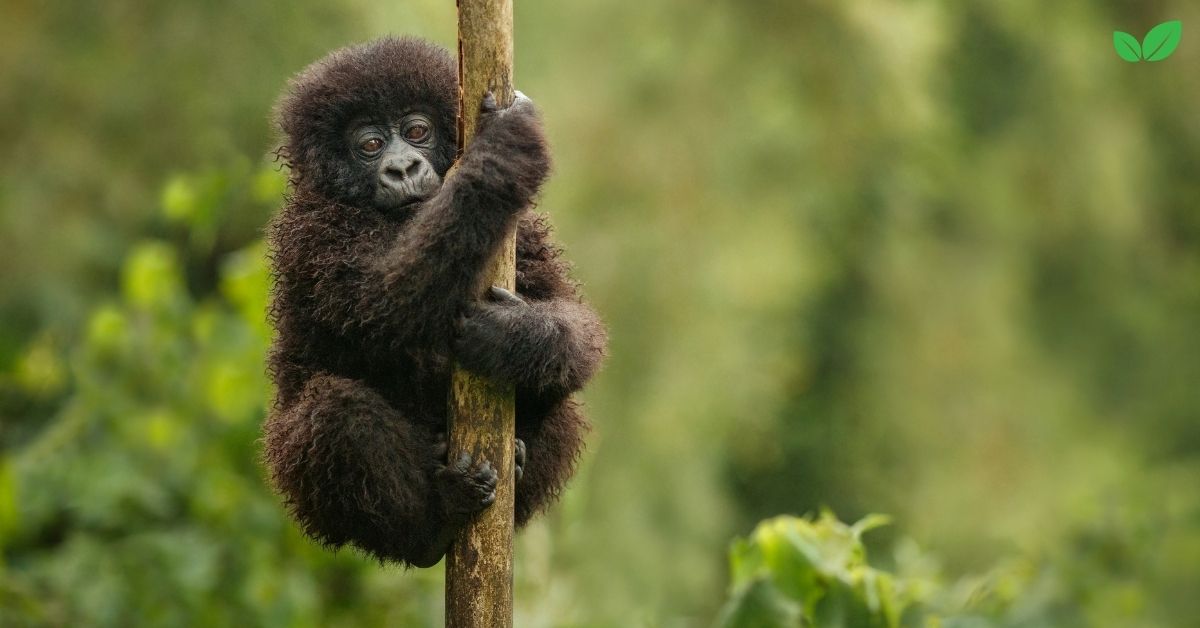Baby gorillas are among the most fascinating and endearing members of the animal kingdom, symbolizing hope for the conservation of endangered gorilla populations. Gorillas, the largest primates on Earth, are divided into two species: the eastern gorilla (Gorilla beringei) and the western gorilla (Gorilla gorilla), with further subspecies distinctions. Baby gorillas represent the future of these species, which face critical threats from habitat loss, poaching, and disease.
This article explores the environmental niche of baby gorillas, their developmental milestones, social behavior, ecological significance, and the challenges they face in their fight for survival. Additionally, we highlight the efforts and strategies that conservationists employ to protect baby gorillas and their families, ensuring these intelligent and social primates thrive in the wild.
1. Introduction to Baby Gorillas
Baby gorillas, born after a gestation period of approximately 8.5 months, weigh just 3 to 5 pounds (1.4 to 2.3 kilograms) at birth—remarkably small compared to their adult size. They are entirely dependent on their mothers and the social structure of their troop for survival. Gorilla infants grow rapidly and exhibit behaviors that are both playful and essential for learning life skills.
These young primates are born into one of the most complex social systems in the animal kingdom. Understanding their niche involves examining their roles within gorilla troops, their interactions with the environment, and their contribution to the ecosystem.
2. Gorilla Species and Subspecies Overview
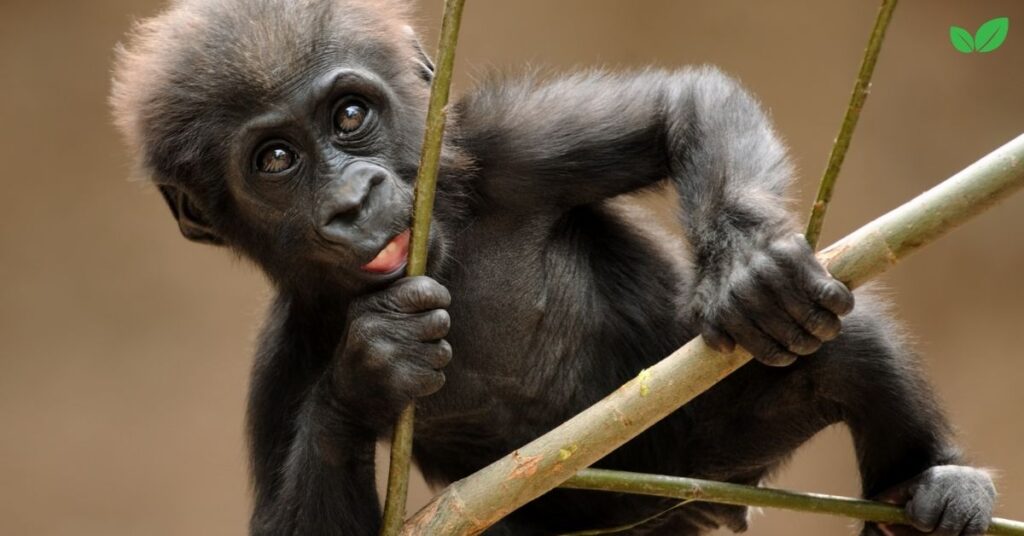
2.1 Eastern Gorillas (Gorilla beringei)
- Mountain Gorilla (Gorilla beringei beringei): Found in the forests of the Virunga Mountains and Bwindi Impenetrable National Park, mountain gorillas are critically endangered.
- Eastern Lowland Gorilla (Gorilla beringei graueri): Native to the lowland forests of the Democratic Republic of Congo, this subspecies is the largest of all gorillas.
2.2 Western Gorillas (Gorilla gorilla)
- Western Lowland Gorilla (Gorilla gorilla gorilla): The most numerous subspecies, found in the dense tropical forests of Central and West Africa.
- Cross River Gorilla (Gorilla gorilla diehli): Critically endangered, with small populations living in the forests along the Nigeria-Cameroon border.
Each species and subspecies has unique behaviors, habitats, and environmental challenges, but all rely on healthy ecosystems and stable social groups for their survival.
3. Birth and Early Life of Baby Gorillas
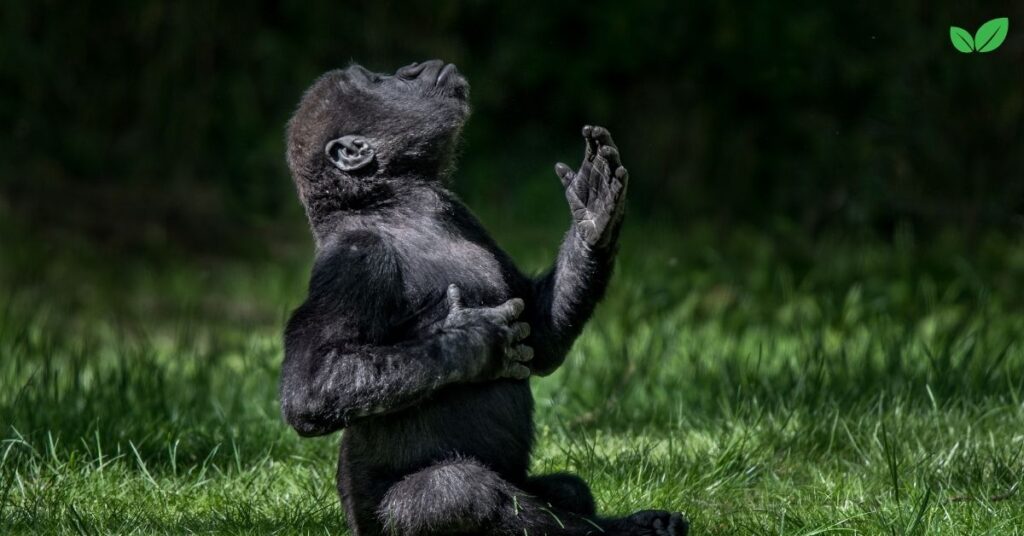
3.1 Birth and Initial Care
Baby gorillas are born with minimal mobility and entirely depend on their mothers for warmth, nourishment, and protection. The mother carries the baby constantly during the first few months, cradling it close to her chest. This bond is critical for the infant’s survival and development.
Mothers produce milk that provides all the nutrients their babies need during the early stages of life. Infants nurse exclusively for the first 4 to 6 months, gradually supplementing their diet with solid foods as they grow.
3.2 Developmental Milestones
- 0–3 Months: Newborns cling to their mother’s fur, relying on her for movement and security. Their grip strengthens as they develop, allowing them to move independently.
- 4–6 Months: Babies begin experimenting with crawling and exploring their surroundings while staying close to their mother. They start teething and nibbling on vegetation.
- 7–12 Months: Infants become more active, interacting with other members of the troop and practicing climbing and foraging skills.
- 1–3 Years: Young gorillas become increasingly independent, although they still rely on their mothers for nourishment and guidance. They engage in social play, learning critical behaviors for adulthood.
4. Social Behavior and Learning
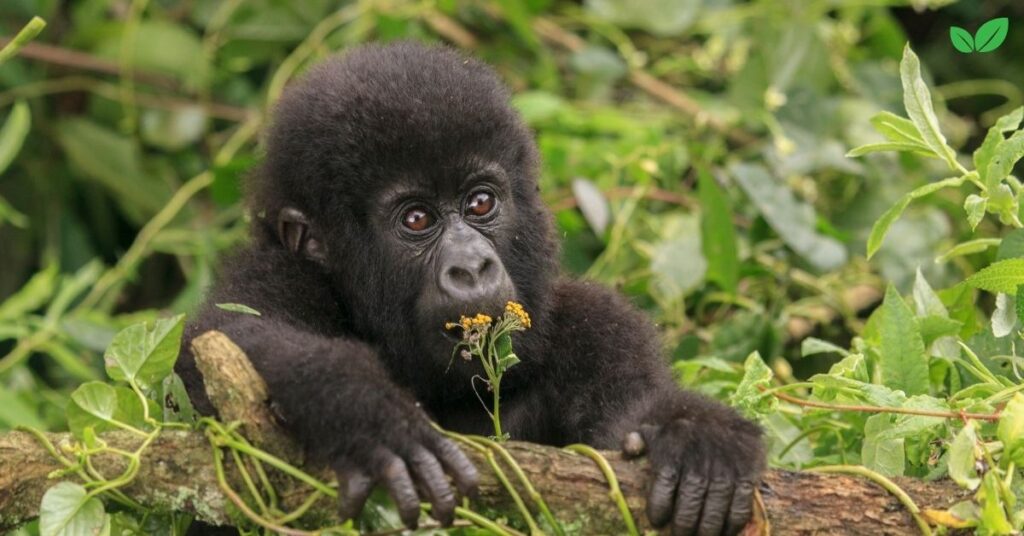
4.1 Role of the Troop in Raising Infants
Gorillas live in cohesive social groups led by a dominant male, or silverback. The silverback is responsible for protecting the troop and maintaining order, while females focus on nurturing their offspring. The communal nature of gorilla life provides a safe environment for infants to grow and learn.
Young gorillas benefit from the presence of other juveniles and adults within the group. They observe and imitate the behaviors of older gorillas, learning essential skills such as foraging, grooming, and communication.
4.2 Play and Development
Play is a central part of a baby gorilla’s life, fostering physical coordination, social bonds, and cognitive development. Wrestling, chasing, and mock fights are common activities that help young gorillas build strength and learn conflict resolution.
5. Environmental Niche of Baby Gorillas
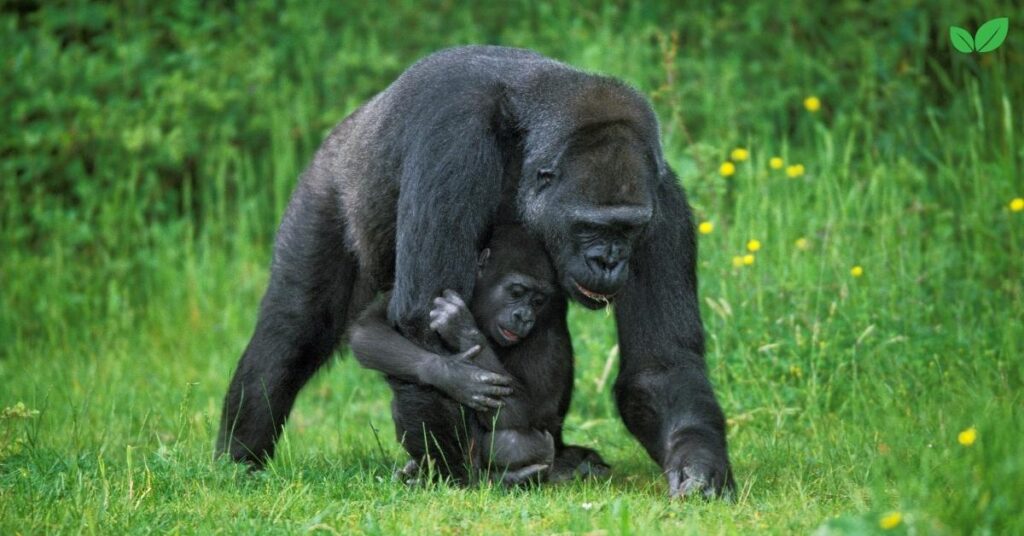
5.1 Habitat Preferences
Gorillas inhabit a range of environments, including tropical rainforests, montane forests, and lowland swamps. Baby gorillas rely on these habitats for food, shelter, and safety. Key habitat features include:
- Vegetation: Provides food and cover from predators.
- Trees: Offer climbing opportunities, particularly for juveniles practicing agility.
- Water Sources: Essential for hydration and maintaining forest biodiversity.
5.2 Contribution to Ecosystems
Even as infants, gorillas contribute to their ecosystems by dispersing seeds through their diet. This behavior supports forest regeneration and maintains biodiversity. Baby gorillas grow into adults that play a vital role in shaping their environments.
6. Threats to Baby Gorillas
Baby gorillas face numerous threats, many of which are tied to human activities and environmental changes.
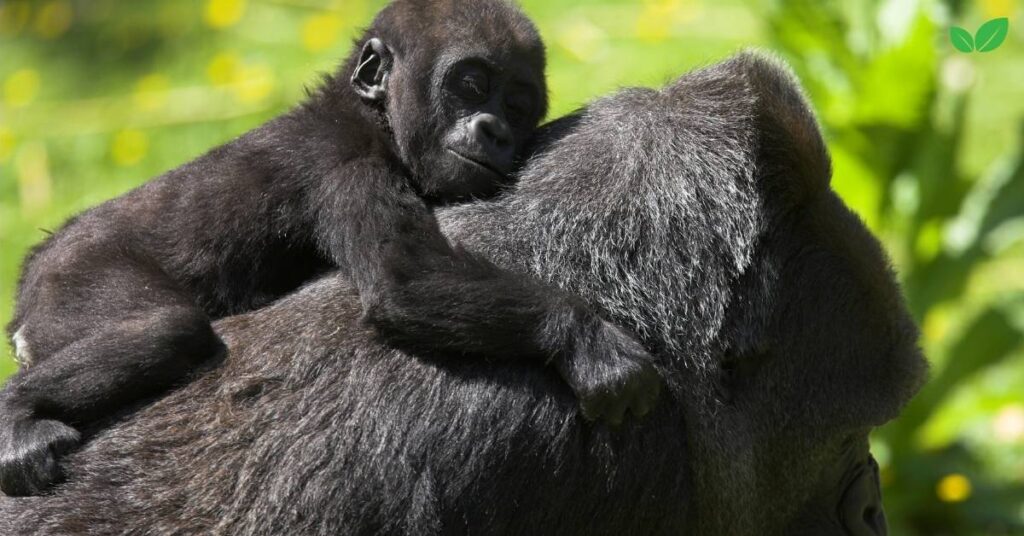
6.1 Habitat Destruction
Deforestation for agriculture, mining, and infrastructure development reduces the availability of suitable habitats for gorilla troops. Loss of forest cover also exposes young gorillas to predators and increases human-wildlife conflict.
6.2 Poaching and Illegal Wildlife Trade
Gorillas, including infants, are targeted by poachers for bushmeat or the exotic pet trade. The capture of a single baby gorilla often results in the death of its protective family members, further endangering populations.
6.3 Disease Transmission
Diseases such as Ebola and respiratory infections, often spread by human contact, pose a significant threat to gorilla populations. Infants are particularly vulnerable due to their underdeveloped immune systems.
6.4 Climate Change
Shifts in climate patterns affect the availability of food and water, altering the habitats gorillas rely on. Prolonged droughts or unseasonal weather events can disrupt the delicate balance of their ecosystems.
7. Conservation Efforts for Baby Gorillas
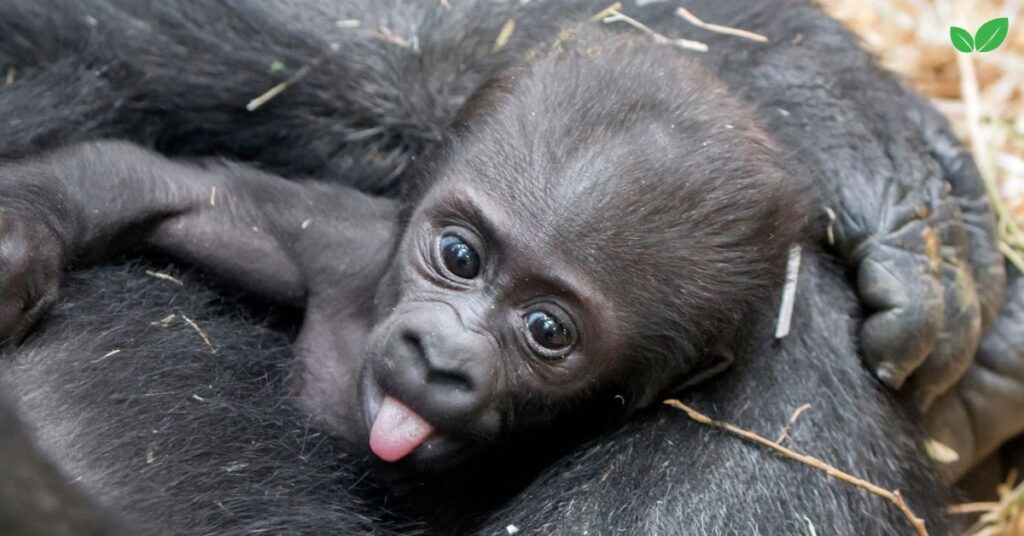
7.1 Protected Areas and National Parks
Efforts to conserve gorillas include the establishment of protected areas such as Bwindi Impenetrable National Park in Uganda and Volcanoes National Park in Rwanda. These sanctuaries provide safe habitats for gorilla families and reduce the risk of human encroachment.
7.2 Anti-Poaching Measures
Anti-poaching patrols, surveillance, and community engagement programs aim to deter illegal hunting and trade. Collaboration with local communities is essential for creating sustainable solutions that benefit both people and wildlife.
7.3 Disease Prevention and Monitoring
Conservationists monitor the health of gorilla populations to detect and respond to disease outbreaks. Vaccination programs and minimizing human contact help reduce disease transmission risks.
7.4 Ecotourism and Education
Sustainable gorilla tourism generates revenue for conservation initiatives and raises awareness about the importance of protecting these primates. Strict guidelines ensure minimal disturbance to the animals.
8. The Importance of Baby Gorillas in Conservation
Baby gorillas represent the future of their species, making their survival critical for long-term population stability. Every infant born to a wild gorilla troop contributes to genetic diversity and helps sustain the ecological roles that gorillas fulfill.
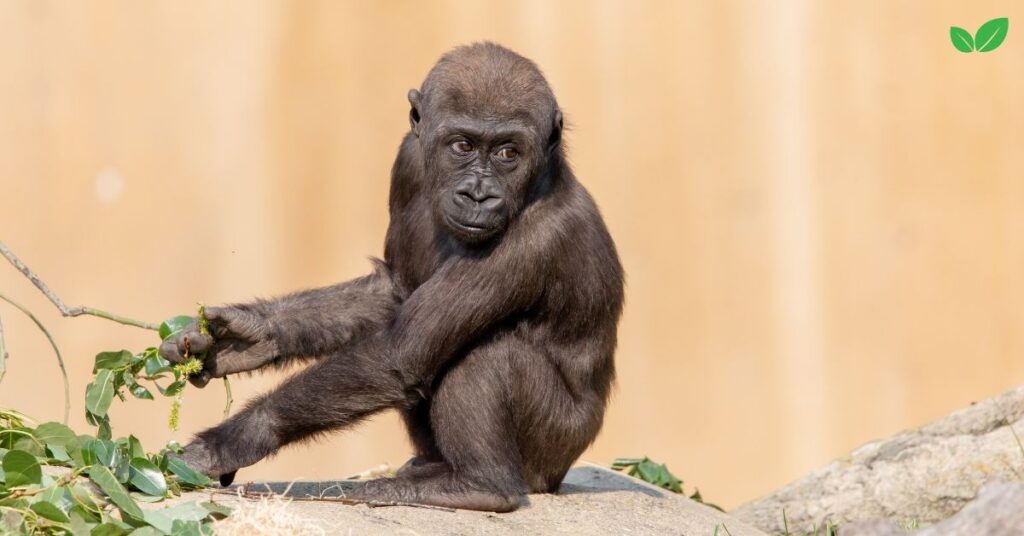
Conservation efforts often focus on the reproductive success of gorilla populations, ensuring that infants receive the care and protection they need to reach adulthood. By safeguarding the environments in which baby gorillas thrive, we also protect countless other species that share their habitats.
9. Future Prospects for Baby Gorillas
The future of baby gorillas depends on continued conservation efforts, habitat protection, and global awareness. Key areas of focus include:
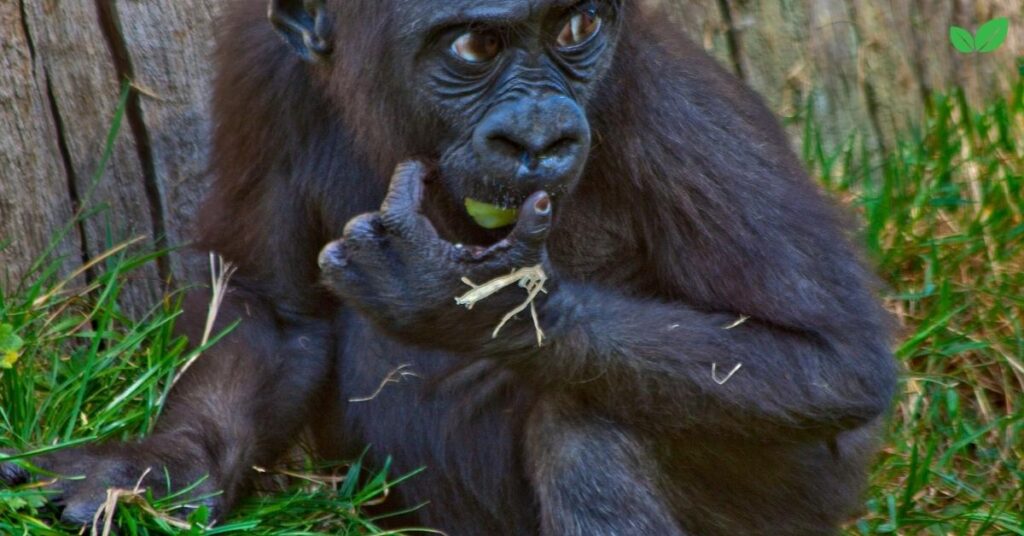
- Strengthening Anti-Poaching Laws: Enforcing stricter penalties for illegal hunting and wildlife trade.
- Community Involvement: Empowering local communities to participate in conservation through education and economic incentives.
- Research and Monitoring: Studying gorilla behavior and population dynamics to inform effective management strategies.
- Global Collaboration: Encouraging international cooperation to address threats such as deforestation and climate change.
10. Conclusion: Protecting the Next Generation of Gorillas
Baby gorillas are not only adorable symbols of nature’s wonder but also vital components of their ecosystems and a beacon of hope for conservation. Their survival depends on our collective efforts to protect their habitats, address threats, and foster coexistence between humans and wildlife. By valuing and conserving these young primates, we ensure that the forests they inhabit continue to thrive and support life for generations to come.
Read More: Baby Orangutan: The Precious Future of an Endangered Species

